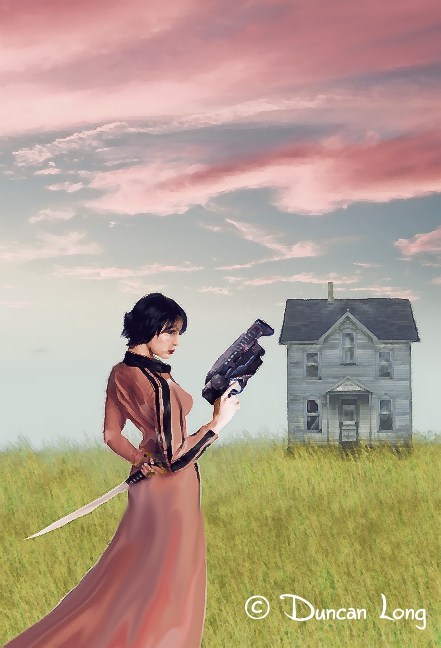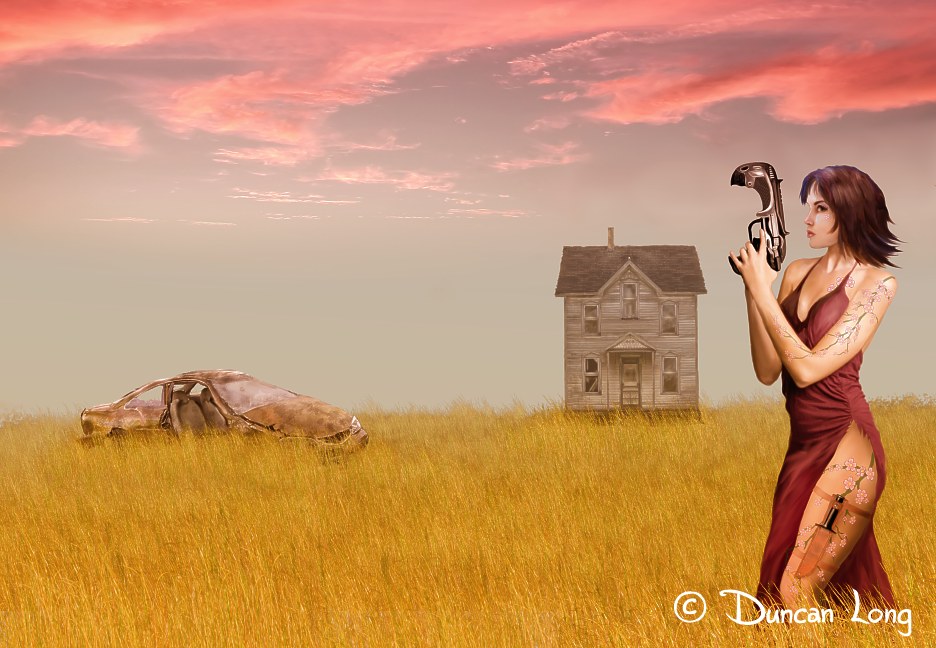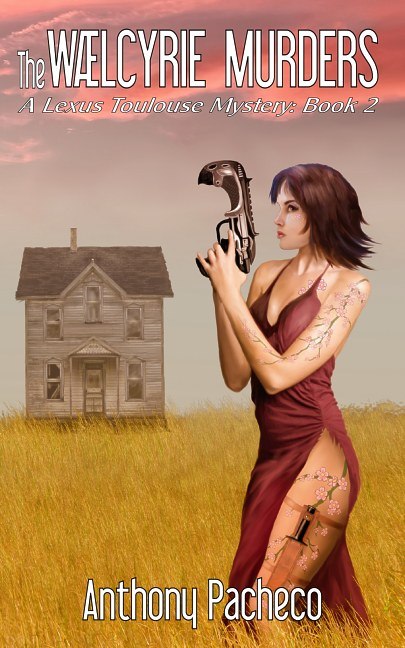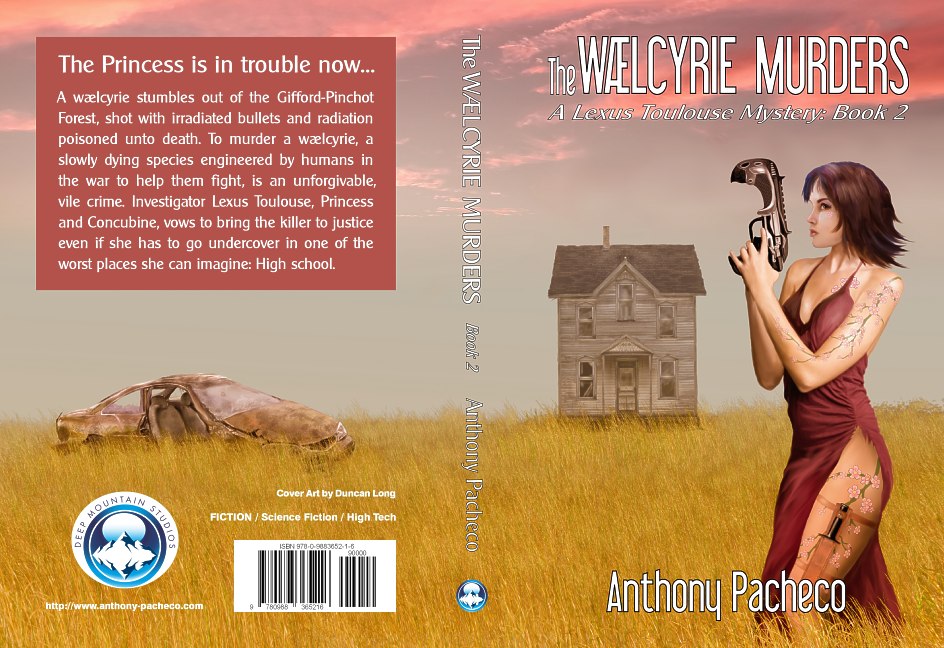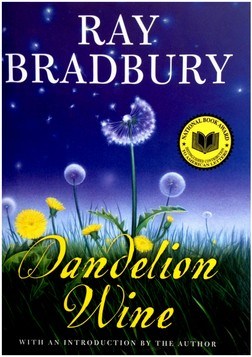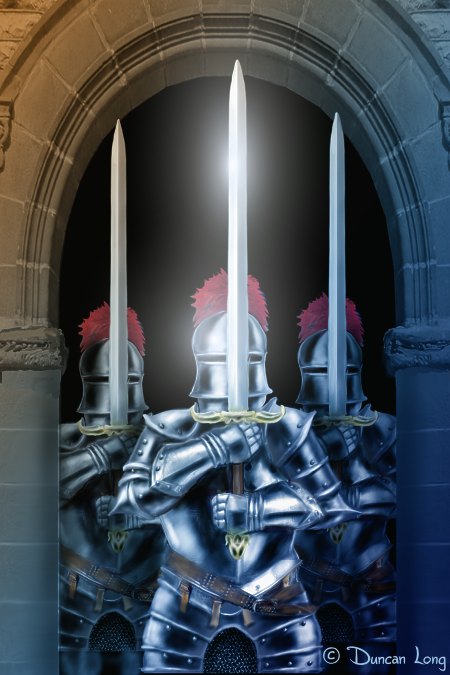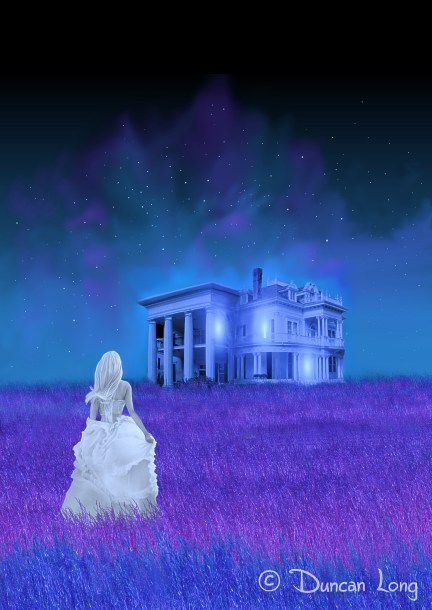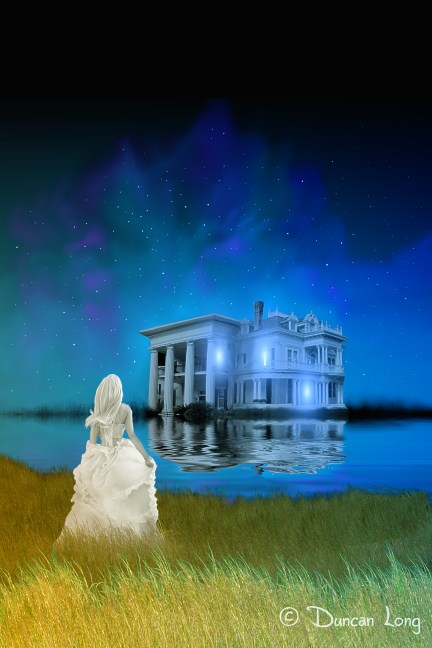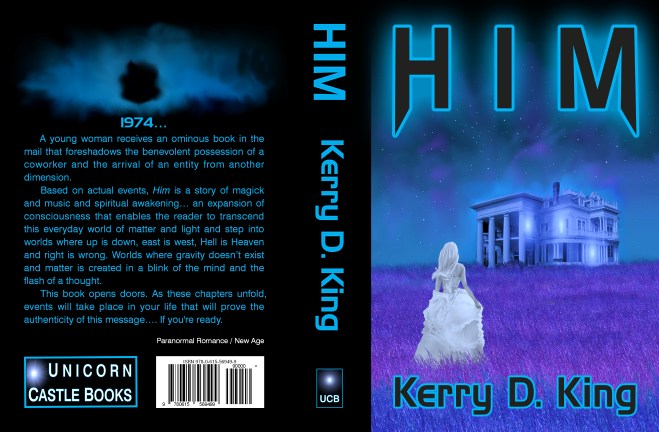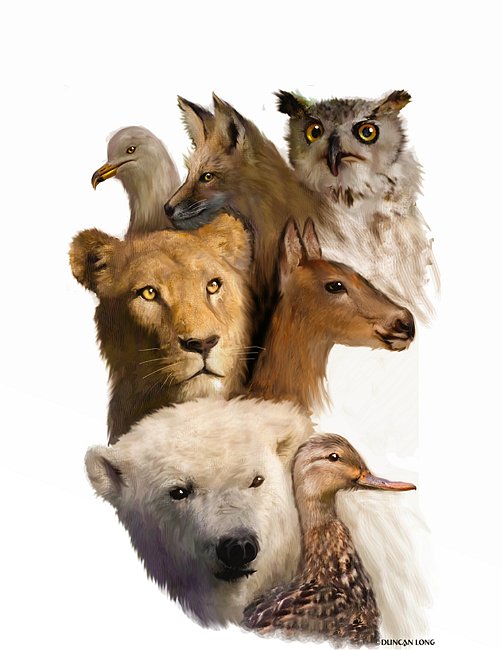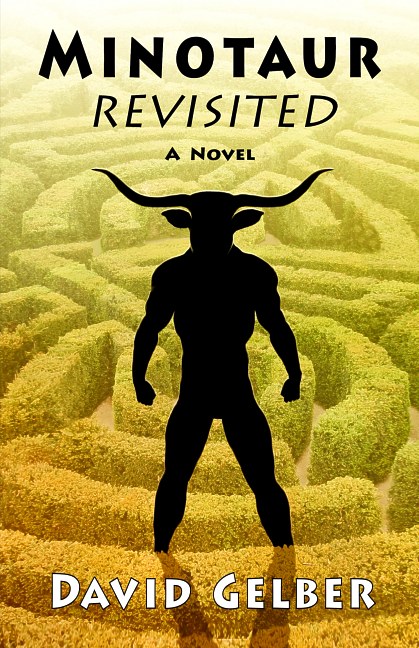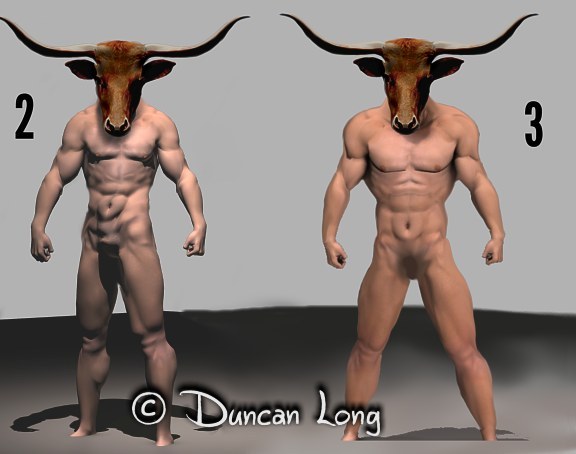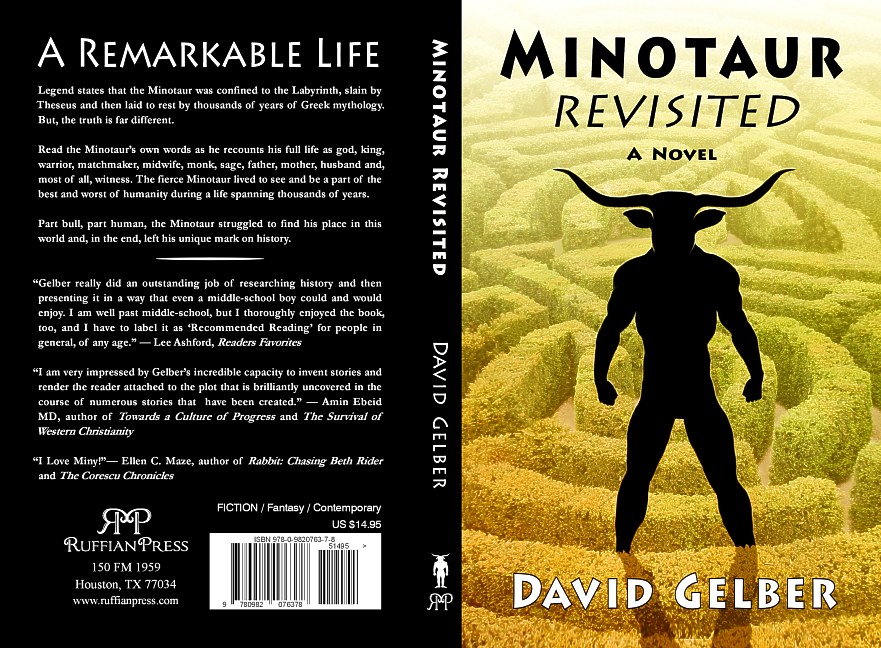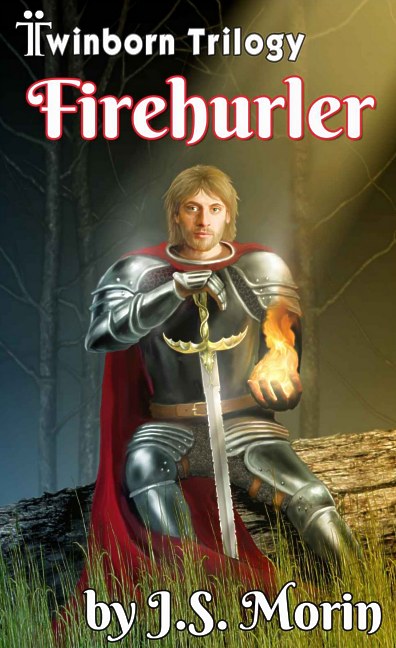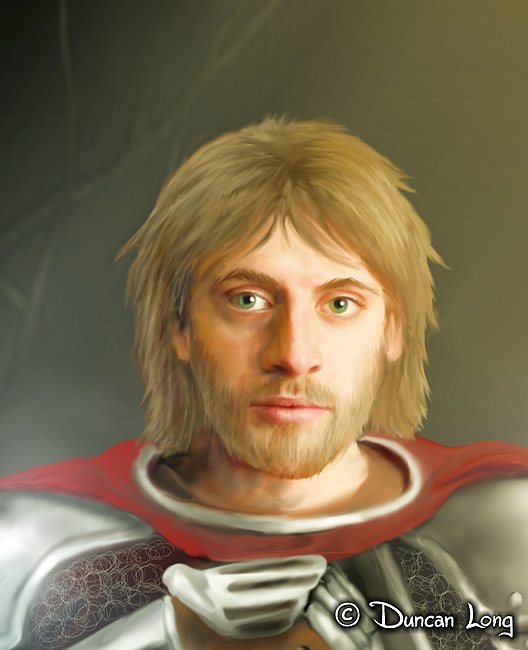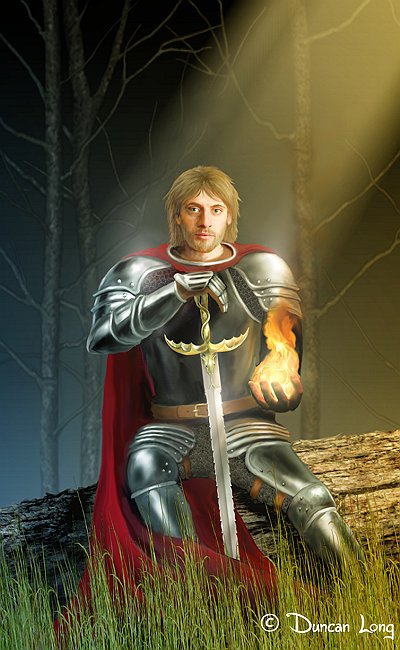The Making of The Wolf Tattoo Book Cover
filed in Book Cover Illustrations and Artwork on Mar.05, 2013
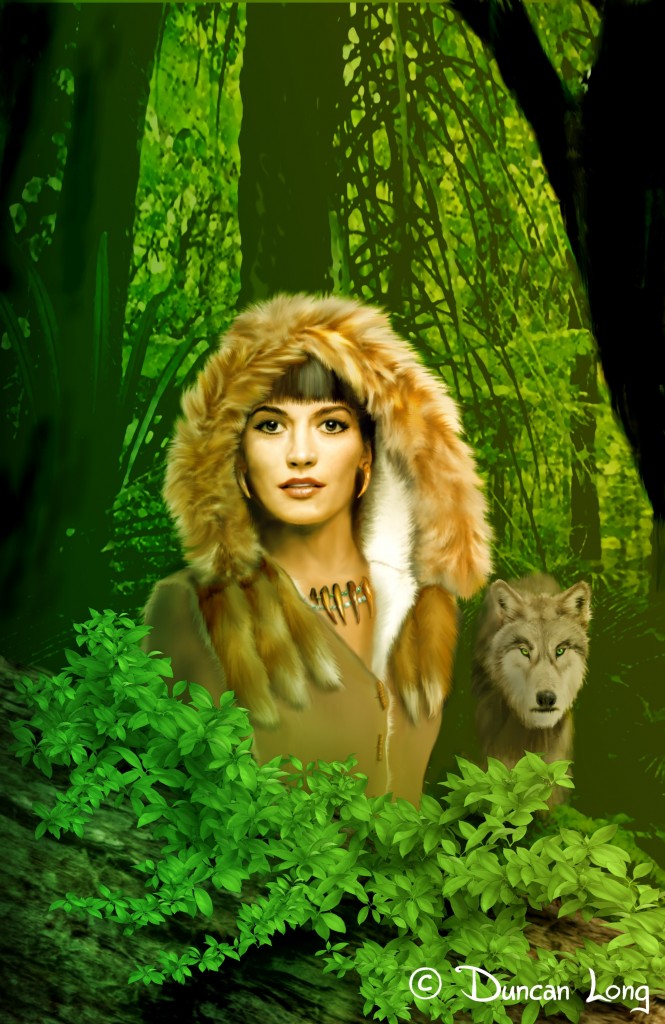
We recently completed the cover for Kenneth Fore’s action adventure novel The Wolf Tattoo.
The Synopsis: A man’s impromptu journey into the Alaskan wilderness is life changing when he tangles with a grizzly and an Eskimo woman who thwarts his attempts to escape. She takes him on an unforgettable journey where they must fight wilderness crazies and mysterious beasts that skulk through the forest like nothing you have ever seen. When they reached her clan’s winter campgrounds it is an unbelievable place isolated in the middle of the arctic wilderness and it is protected by huge wolves called Saluuettes. He realizes no one escapes after learning the truth about her clan and he must escape or become anything, but ordinary.
So this cover illustration had some challenges going into the project since the story places an Eskimo woman in the middle of a jungle with a wolf, something that would have to appear natural to the viewer, yet which is unlike any environment we normally associate with these Native Americans.
Originally the author had hoped we might have a wolf in the picture which I wasn’t sure I could work into the layout — so that remained option at the start.
The first task was to work out the gal, so first I made a digital painting/sketch of how I pictured her (after talking at length to the author and exchanging a flurry of emails):
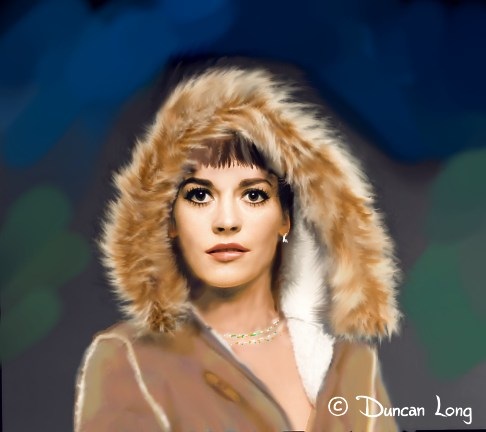
The proved close to the mark. So the next tasks were to refine her face a bit, reducing her jaw and lengthening her bangs among other things. I then added some “fox tails” to the collar area and some bear-claw earrings and necklace since these all figure in the story. I also painted/extended her body down just a bit (but didn’t bother painting in more of her as I was planning on having her behind vegetation).
To make the fur and outfit appear a bit more real, I also “fluffed” the fur a bit with a rough brush and added some wooden peg buttons and button slits to the fur running down the front of the coat:

A few more minor changes to the character (including lengthening her bangs just a little more and reducing the “thickness” of the coat) and it was time to work the wolf into the design if that was practical before painting in the jungle in front of and behind the characters. So… a big bad wolf (who had to be back in the distance a bit to allow room for him in the picture — he’s placed too high in the next sketch and a little mangy, but basically arrived in his final form at this point in the project):

Once the two characters were finished, we needed a jungle around them. First, I made a background layer that the characters would float over, painting it a bit “out of focus” and vague so the eye would be drawn toward the gal and wolf. (I also muted the color of the wolf at this point to help keep the focus on the gal.)
Care has to be exercised with a background like this; otherwise it’s easy to have branches appear to be growing out of the character’s head or some such visual disaster. To help avoid this, I painted the background considerably larger than needed and then slid it around behind the characters until it looked best to my eye.
I then painted in more “black” tree trucks on the sides of the illustration both to frame the characters better (and to mimic the triangular pattern they formed), and also to make the left side of the illustration dark enough to transition into the black spine that we had planned for the book.
In front of the gal, I placed a large fallen log to frame things a bit more (eventually the log become pretty well hidden in the greenery). I then “sprayed” detailed leaves in a layer in front of everything, working from large to smaller leaves so they would look like some sort of spreading vine.
This high level of detail in front of the Eskimo helped the illusion that the foreground was “in focus” while the background was farther away and a little out of focus (much as it is with the human eye).
Finally I added a gradient yellow/green over everything so it would appear the gal and wolf were part of the scene with light reflecting through and off of the vegetation.
And the book cover illustration was pretty much finished:

Once the lettering was finished, we had the front cover ready for the eBook version of The Wolf Tattoo.
Next the wrap around cover for the print version of the novel.
I like to create a spine icon when publishers don’t have their own logo for the spine, and since it had proved impossible to work the gal’s tattoo into the main illustration, I decided to create a wolf tattoo icon for the spine. I studied some Eskimo artwork and then did my best to split the difference between that style and modern tattoos — hopefully with something that at least looked like it might have been a part of the story.

From there the layout work was pretty much a matter of plugging in the various elements, adjusting sizes, and making it look right to the eye. Before long we had it:

Now that you’ve seen the cover, I’d recommend you read the book because Kenneth Fore’s The Wolf Tattoo is a nice read, and those who like action-adventure novels should check out the sample chapters at Amazon.com.
===========================
Duncan Long creates book cover pictures, paintings, and illustrations for small and large publishers as well as self-publishing authors. You can see more of his book cover artwork at Duncan Long’s Book Cover Gallery.


